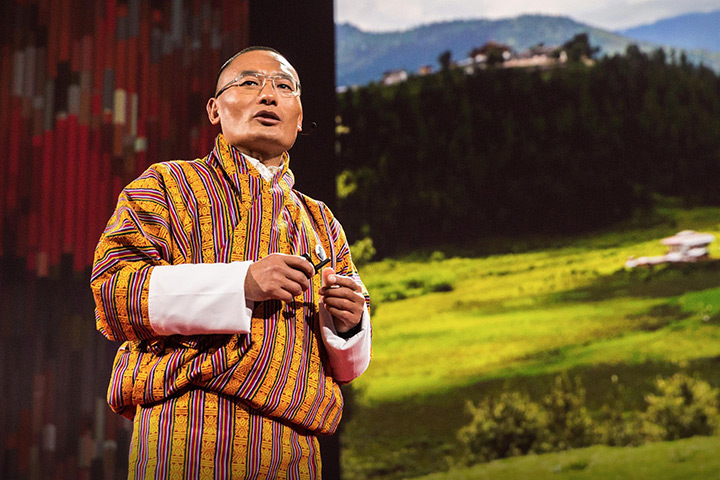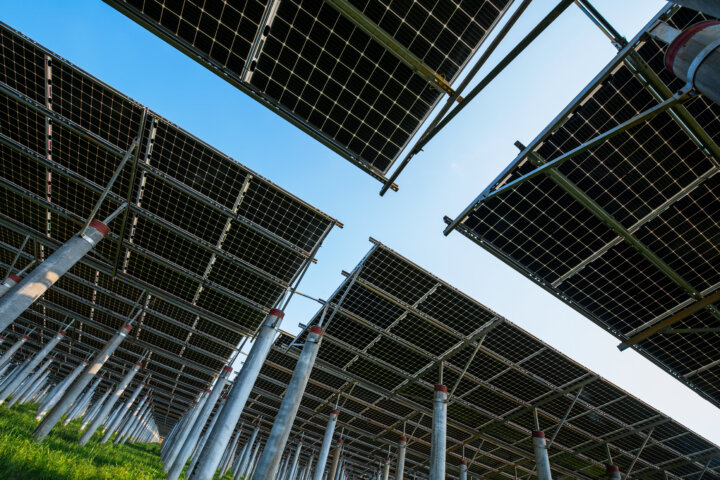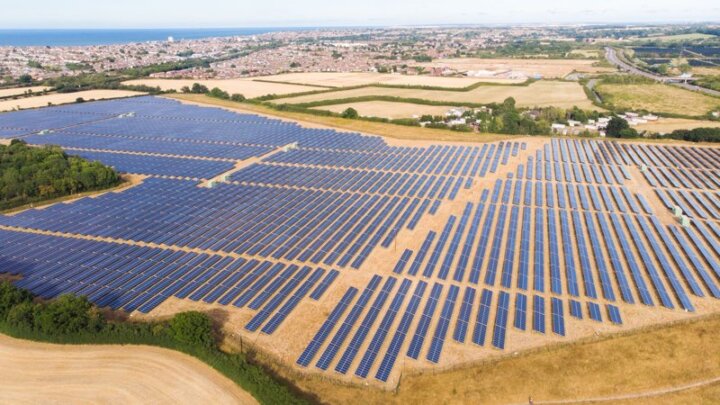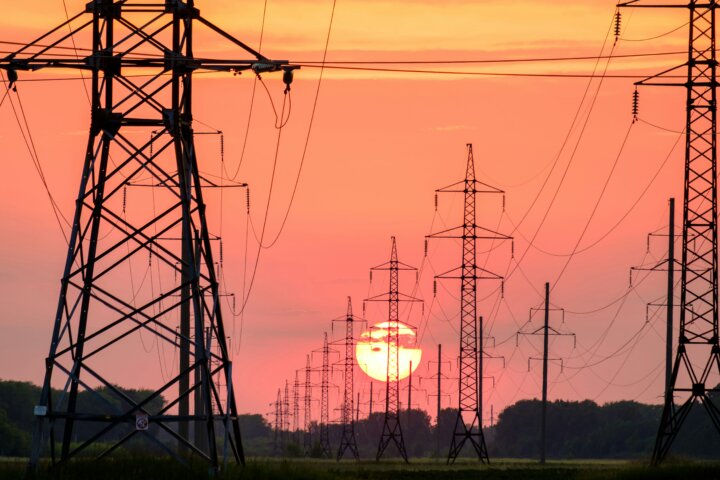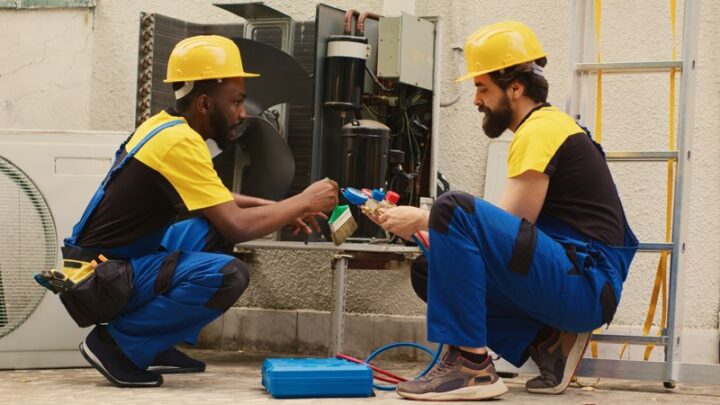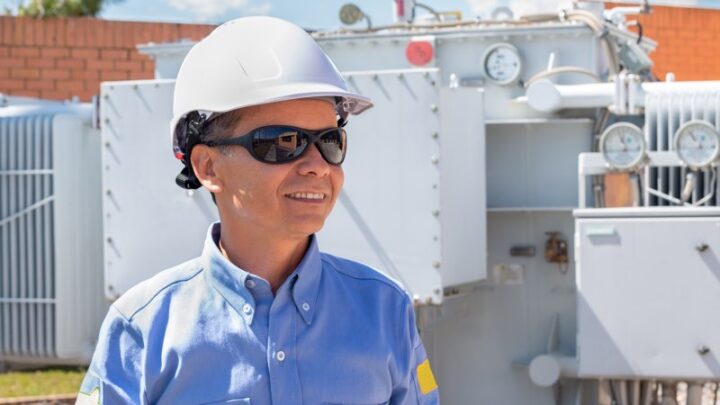The Kingdom of Bhutan is on the eastern edge of the Himalayas. It is located below China, between Nepal and Myanmar, about an hour flight north of Bangladesh. It’s topography ranges from subtropical plains to steep mountains and valleys. In the High Himalayas, peaks such as 7,326m Jomolhari are a destination for serious trekkers. In 2013, the population totaled 753,947 people. 72% of the country is under pristine forest cover which makes Bhutan one of the few remaining bio-diversity hot spots in the world. It is a carbon negative country which generates 2.2 million tons of carbon dioxide. However, due to it’s vast forest land, three times thieir carbon output is retrieved back into nature.
Bhutan is an environmentally conscious country which produces renewable electricity from their fast flowing rivers. By exporting their renewable energy, Bhutan offsets about six million tons of carbon dioxide within their surrounding countries. As Tshering Tobgay, the Prime Minister of Butan, explains in his Ted Talk, Bhutan is aiming to offset 50 Million tons of carbon dioxide each year. In fact, they have made a global promise to remain carbon neutral for all time. Yet, while having such a great vision for the future and holding such a great promise for it’s people and for the world, Bhutan has been a victim of the global carbon impact from the rest of the world.
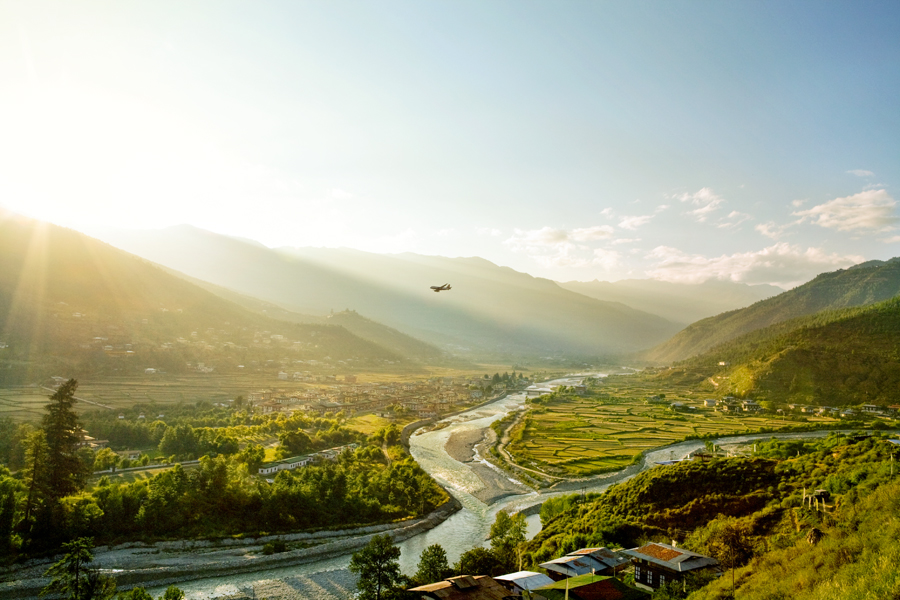
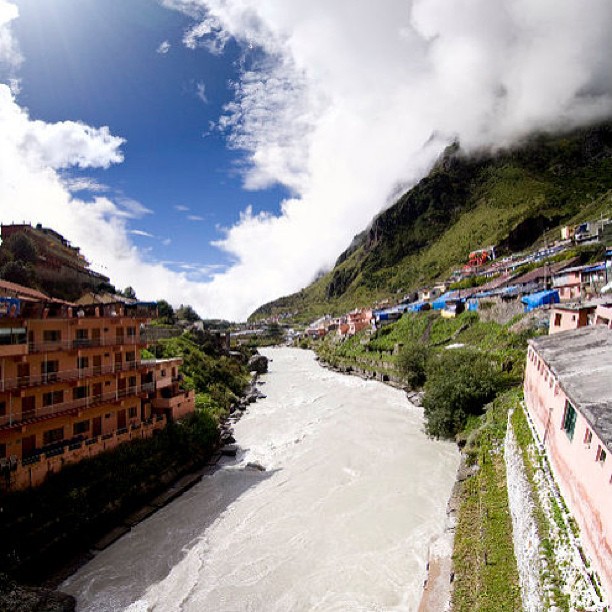
Bhutan is home to the over 2,000 glacier lakes created by global warming. Each glacier lake has enough ice water to flood multiple cities. A few years ago, one of them breached its dam and caused major destruction in the valleys. Like any flooding, this event did not go without major attention. It is Bhutan’s focus to protect it’s land and people and work to avoid these events in the future. However, as Bhutan itself is a carbon negative country, it had little to nothing to cause such an event. This is why Tshering Tobgay is advocating for the world to work together on reducing carbon emissions for the sake of protecting our natural resources.
The Bhutan government has begun to subsidize electric vehicles as well as the cost of LED lighting has created various sustainable methods to maintain their Protected Areas which are the reason for their carbon sink. We at Big Shine Energy share in the same hope for our world. As we are all in this together, we hope to become a carbon neutral environment with sustainable energy sources. For this reason we are dedicated to reaching annual goals of removing a minimum of 5 million Kw/Hrs by switching facilities to new LED lighting.
Read more about our environmental conservation goals.

